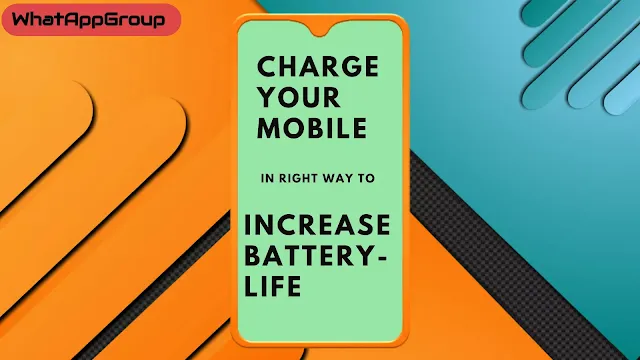The Right Way to Charge Your Mobile Phone: Best Practices for Battery Health
In today's connected world, our mobile phones have become an essential part of our lives. To ensure that our phones are ready to serve us throughout the day, it's important to charge them properly and maintain good battery health. In this article, we will guide you through the best practices for charging your mobile phone, helping you maximize battery life and overall performance.
1. Use the Original Charger and Cable:
Whenever possible, use the charger and cable that came with your mobile phone or purchase authorized accessories from reputable sources. Generic or counterfeit chargers may not provide the proper voltage and current required for safe and efficient charging, which can negatively impact your battery's health.
2. Avoid Overcharging:
One common misconception is that leaving your phone plugged in overnight or charging it beyond 100% improves battery performance. However, modern smartphones are designed to stop charging once they reach full capacity. Continuously keeping your phone plugged in when it's already fully charged can lead to minor battery wear over time. Therefore, it's best to unplug your phone once it reaches 100%.
3. Optimal Charging Levels:
It's recommended to keep your phone's battery level between 20% and 80% for optimal battery health. Frequent deep discharges or allowing your battery to consistently reach very low levels can put unnecessary strain on its longevity. Similarly, keeping your battery at 100% for extended periods can cause a slight decrease in its overall capacity over time.
4. Charge in Moderate Temperatures:
Extreme temperatures, whether hot or cold, can negatively affect your phone's battery life and health. Avoid exposing your phone to direct sunlight, as high temperatures can cause the battery to degrade more quickly. Additionally, charging your phone in a freezing environment can lead to a slower charging speed. Ideally, charge your phone in a cool, well-ventilated area.
5. Avoid Fast Charging All the Time:
Fast charging is a convenient feature that allows you to quickly replenish your phone's battery. However, it's best to use fast charging sparingly, especially if you don't need an immediate full charge. Regular use of fast charging can generate more heat, which can impact the battery's longevity over time. Consider using regular charging methods when time is not a constraint.
6. Remove Phone Cases During Charging:
During charging, your phone might generate some heat. To prevent excess heat buildup, remove any phone cases or covers while charging. This allows for better airflow and helps dissipate heat more efficiently. If you're concerned about accidental drops or scratches, opt for a case that allows for easy removal during charging.
7. Keep the Battery Balanced:
Occasionally allowing your phone's battery to fully discharge (until it shuts down) and then charging it to 100% can help recalibrate the battery's capacity indicator. However, this practice is recommended only every few months and not as a regular routine.
Conclusion:
By following these best practices for charging your mobile phone, you can ensure that your battery remains healthy and performs optimally. Using the original charger and cable, avoiding overcharging, maintaining optimal charging levels, charging in moderate temperatures, and being mindful of fast charging usage will all contribute to extending your battery's lifespan. Remember, a little care and attention to how you charge your phone can go a long way in preserving its battery health, providing you with reliable performance throughout its lifespan.


